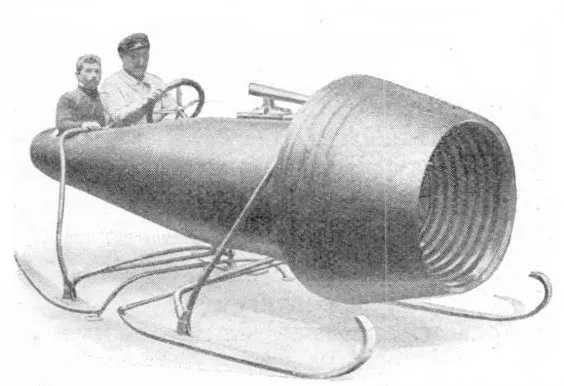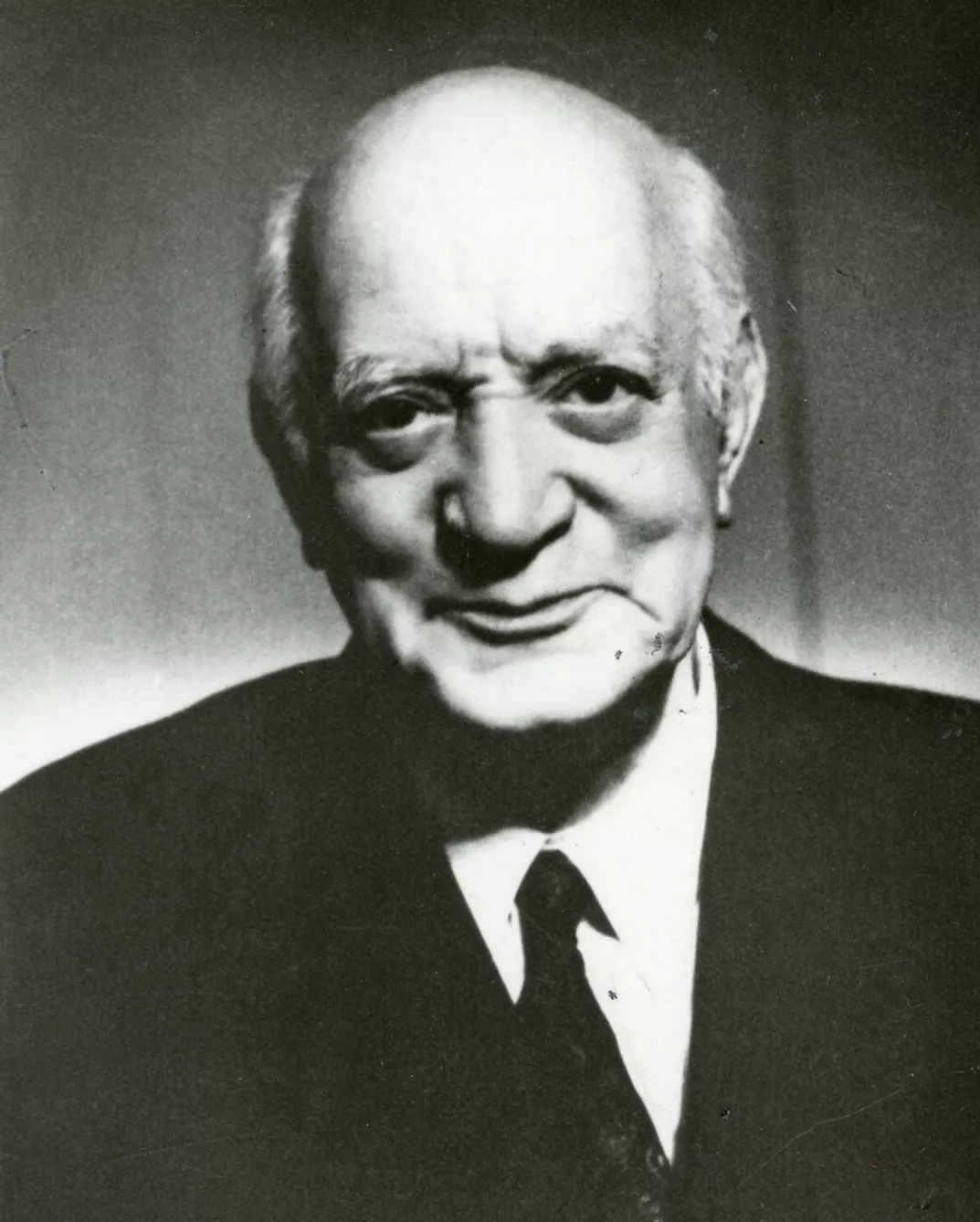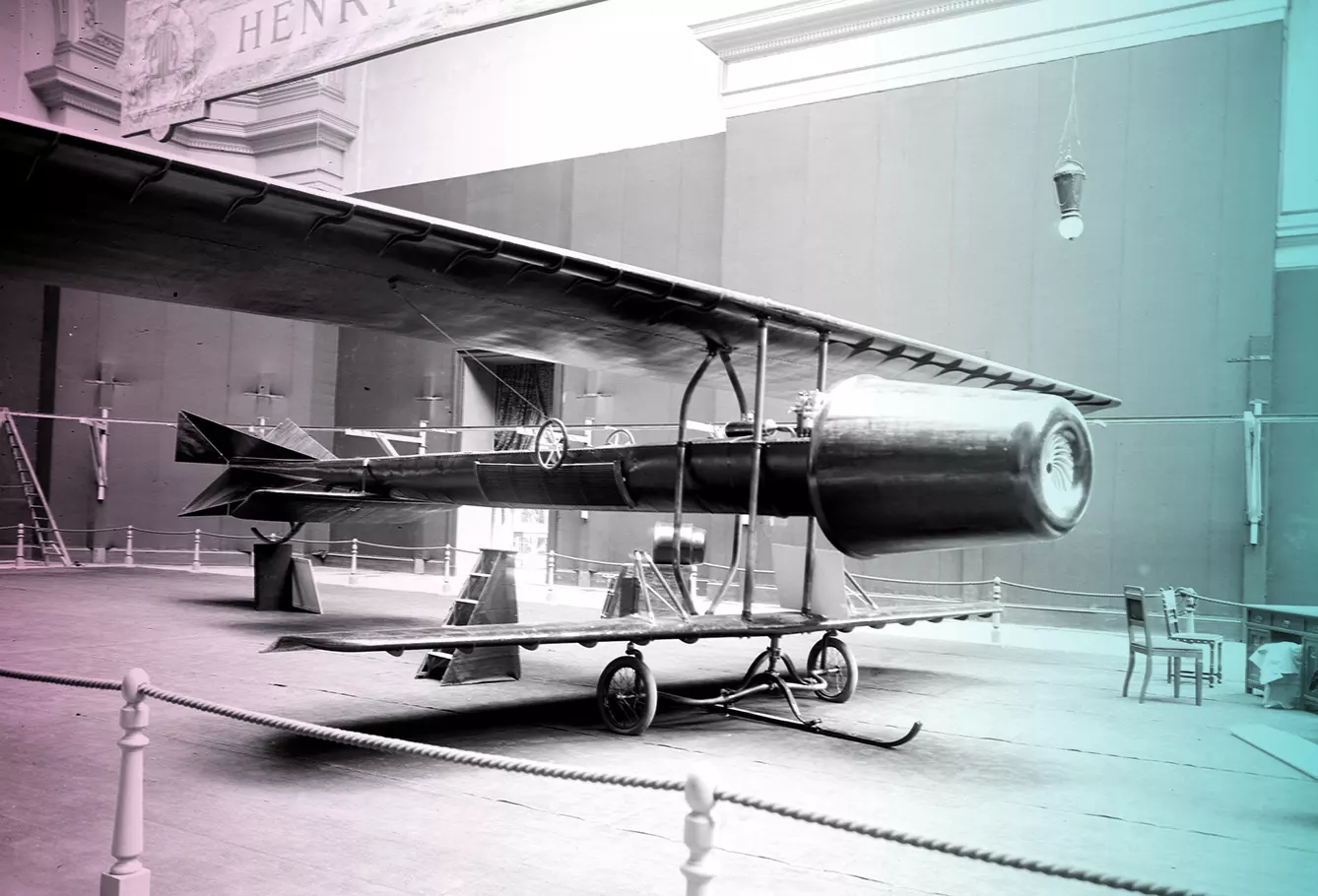It is believed that the first modern jet engine was patented in 1930 by the F. Whittle, and the first jet-powered aircraft was the German Heinkel He-178, which first took to the skies in 1937. Jet engines work on the principle of recoiling gases. What these gases are and how they are obtained and compressed is a secondary question.
Henri Coandă: Romanian Heinkel
Using this definition, we can posit that the very first jet engine powered by steam was constructed in the first century by Heron of Alexandria. Rocket engines were invented in China and have been in use since the 12th century. But we are interested in the very first modern jet engine, based on mechanics and fuel combustion, with enough power for practical use in aviation. It was neither F. Whittle nor E. Heinkel. The first to build something that worked and gave reasonable thrust was Henri Marie Jean Gustave Coandă.


The Romanian aviation pioneer started working on a new type of propulsion shortly after the first human flight in history – in 1910. Coanda built the Coanda 1910 biplane, which was powered by a revolutionary engine known today as the MotorJet (In the following years, similar designs were developed independently by Frenchman O. Morize in 1917 and later by Englishman J.H. Harris, who patented the name MotorJet).
It was a hybrid of a jet engine and a piston engine. The piston engine drove a compressor turbine, which in turn compressed the gases from the burning fuel injected into the combustion chamber. Whether Coandă’s plane ever took flight is uncertain, though it is most likely that it crashed during its first attempt.
An engine with international appeal
However, the engine showed enough promise that it continued to be developed. Enough promise that in 1940, Nazi Germany ordered Henri Coandă to build a sleigh powered by his engine. The Italians then built the Caproni Campini aircraft, which made several successful flights with an engine based on Coandă’s idea. The Russians ran trials with a mixed-powered I-250 fighter (a piston engine powered by both a propeller and a compressor turbine), and the Japanese built the Tsu-11 engine for special Kamikaze aircraft.
In the end, the engine pioneered by Coandă proved to be a dead-end in the development of jet technology. The main issue was insufficient power, which was limited by the piston engine driving the system and the high weight of the kit. Due to the emergence and greater availability of engines based on a compressor driven by the gases ejected by the engine itself, the work on hybrid engines died a natural death.
This does not change the fact that Henri Coandă made an important, although often overlooked, contribution to the development of aviation. The Coandă Effect (the adhesion of liquids) he discovered during his work on the jet engine is still used today in aviation, automotive, and other sectors.







